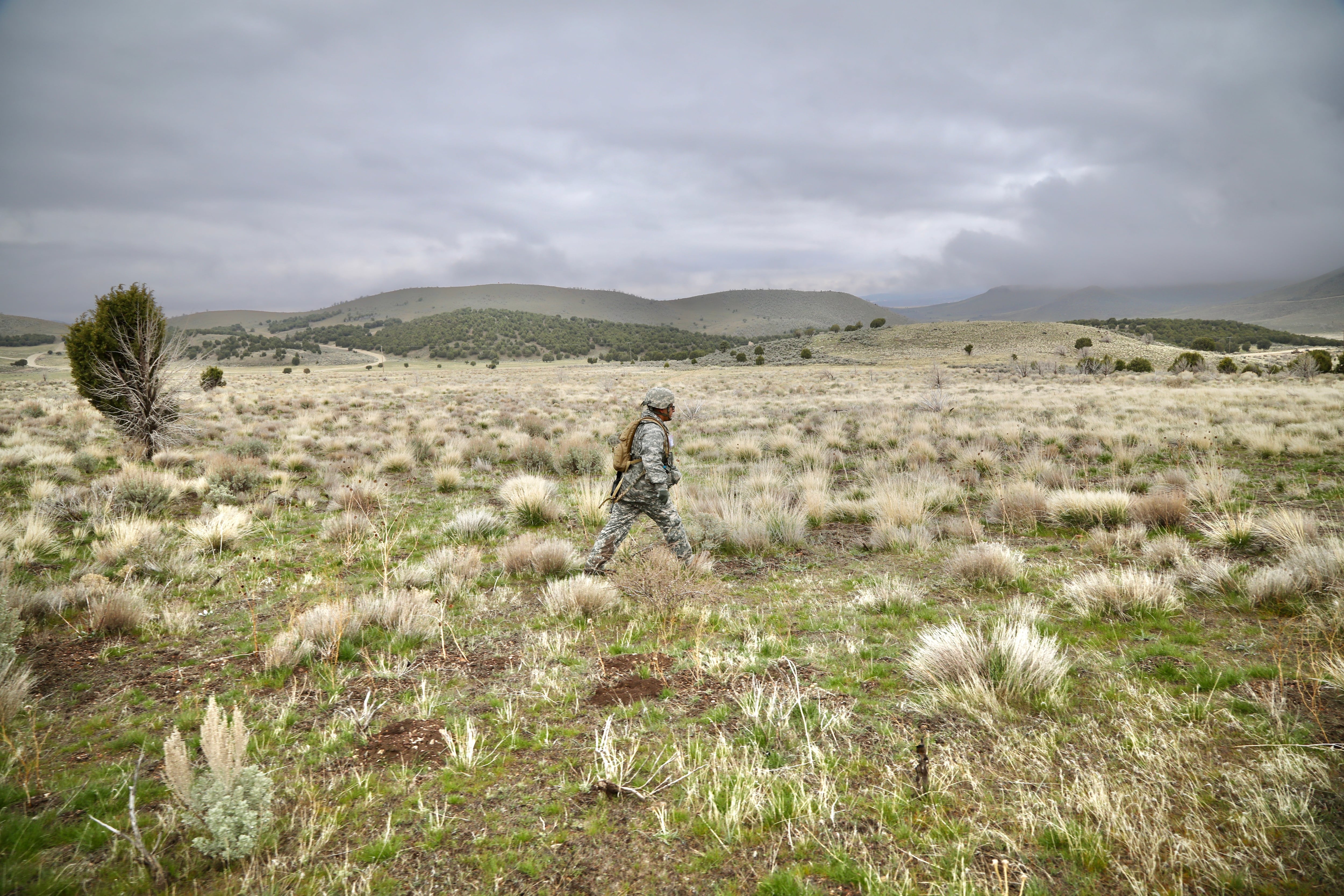WASHINGTON — The U.S. Army tapped TRX Systems to produce jam- and spoof-resistant navigation equipment for soldiers in a deal worth as much as $402 million.
The service’s Program Executive Office Intelligence, Electronic Warfare and Sensors announced the award for the second-generation Dismounted Assured Positioning, Navigation and Timing Systems, or DAPS GEN II, on April 11.
An initial order of the gear, at more than 700 units, and supporting services are valued at $14.6 million.

DAPS GEN II ensures troops understand where they are and where they are headed — even in environments where GPS signal is jeopardized and other digital systems are under siege. Such resilience is needed, defense officials say, as the U.S. prepares for potential fights against other advanced adversaries capable of waging effective electronic warfare.
Mike Trzeciak, a project manager at the program executive office, in a statement said DAPS “ensures access to modernized military GPS and fuses additional sources of PNT to include timing and alternate navigation technologies.” The gear, he added, “is a critical enabling capability” for the Army’s multidomain operations and ability to deter and defeat an enemy with help from others in any location.
MAPS GEN II is considered a step up from its predecessors, known as GEN I and GEN 1.2. The Pentagon’s independent weapons tester in a January report said GEN II is an “improved version,” capable of stand-alone use or pairing with other soldier-worn kit.
TRX Systems has for years worked with the Defense Department. The Maryland-based company is a subsidiary of ACR Group.
Colin Demarest was a reporter at C4ISRNET, where he covered military networks, cyber and IT. Colin had previously covered the Department of Energy and its National Nuclear Security Administration — namely Cold War cleanup and nuclear weapons development — for a daily newspaper in South Carolina. Colin is also an award-winning photographer.





